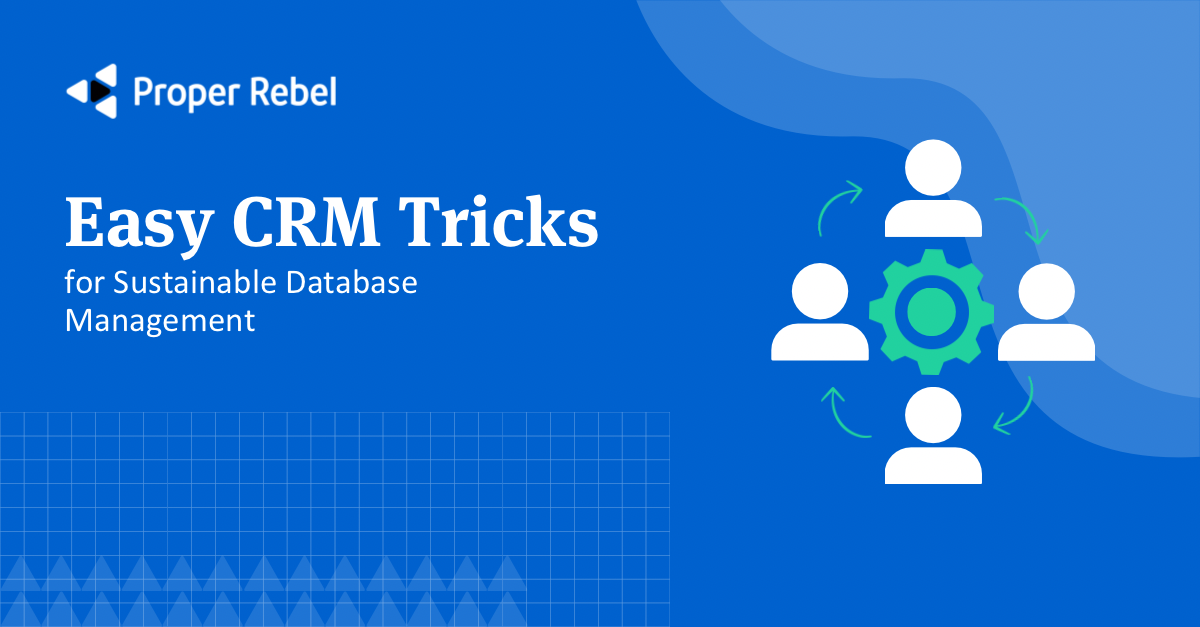
Imagine this: Susie Q fills out a form to receive a gated ebook on your website and gets assigned to a Sales Development Rep who follows up. Meanwhile, Matty G from the same company signs up for your webinar and goes into a marketing nurture cadence for that webinar. If this happens, how do you make sure you don’t miss the opportunity to capture each of their buying intent? And how would your CRM platform handle two people from the same company showing interest in your product?
Out of the box, your CRM may or may not tell you anything of value when it comes to buyer groups and connecting the activity of individuals back to their organization. But, there are specific features and settings that your sales operations lead can enable to ensure that you are set up for success when tracking multiple MQLs.
Salesforce and HubSpot are two of G2’s top-rated CRMs. Let’s consider some of the features they offer to help your sales team stay aligned, save time, and avoid confusion when contacting prospects from the same company.
1. Duplicate notifications
Salesforce has a feature that shows CRM users a notification if any suspected duplicates are connected to the record being viewed. This could be a lead compared to an account or a lead compared to another lead. The popular CRM also offers Fuzzy Matching, allowing a broader field comparison that accounts for nicknames or abbreviations.
HubSpot has a few features that encompass the same idea:
Each unique email can only be one record in HubSpot, so no matter where or when a prospect interacts with your content, they will only exist as one record, no deduplication needed. The platform also looks at a company’s domain name (i.e. goproperrebel.com), uses that as a unique identifier, and provides an alert if someone from the same company tries to create a duplicate account.
HubSpot has a similar deduplication tool that looks deeper for those Fuzzy Matches. It takes a broad view of what could be a duplicate and helps catch prospects that have inbounded with both their business and personal emails. You can view a help document on it here.
Note: This tool takes full advantage of HubSpot’s Marketing Automation Platform history since it allows you to connect two email addresses to a single prospect record, reconciling journeys that may otherwise have been treated as two separate prospects.
2. Lead routing
Lead routing is the name of the game these days. It’s not enough that prospects are entered into your CRM and matched to a rep; it’s important the lead gets to the right rep and quickly.
Salesforce and HubSpot offer the opportunity to create Flows or Workflows, respectively, to match prospects to companies or accounts and assign them appropriately.
HubSpot can also sync ownership between contacts and companies, which enables ownership to be maintained for companies being worked through the pipeline.
With speed-to-lead in mind, the platform Chili Piper offers routing and round-robin features that assign prospects to the appropriate Account Executive, and allow those leads to connect with a rep immediately by booking a meeting through the website or by empowering SDRs via Hot Handoff.
3. Company and contact association
It may seem counterintuitive to how Salesforce is built, but we recommend that in any instance you have multiple contacts from a single company in your CRM, the best thing to do is connect them via “Account” or “Company.” This helps ensure ownership is clear so your sales team (and any automation) can quickly connect contacts via their assigned accounts.
If you target specific companies or add new contacts from existing companies to your CRM, this is undoubtedly important. Start with the company or account object and build from there. It has the added benefit that any automation or logic built to support the sales motion also ensures that customers are categorized appropriately and get the attention they deserve.
HubSpot’s feature to automatically associate companies with contacts is a game-changer for connecting the dots.
Why is database hygiene important?
A healthy database is a reliable database.
Whether your marketing team wants to conduct email marketing, or your sales team is trying to schedule meetings with MQLs, clear visibility into who makes up your database will help you understand your pipeline and how to grow it.
Outdated, disorganized, and bad data can give a false sense of success for the outbound marketer and lead to a frustrating experience for the potential customer who is receiving unnecessary information. Clean data and accurate reporting helps reps make solid and worthwhile connections that move customers along in their buyer’s journey.
Whether you are looking to tweak your database to help accommodate your company’s needs or you’re ready to do a complete database overhaul, researching the tools that already exist in CRM platforms will save you time and make it easier to manage in the future.
Share this Post